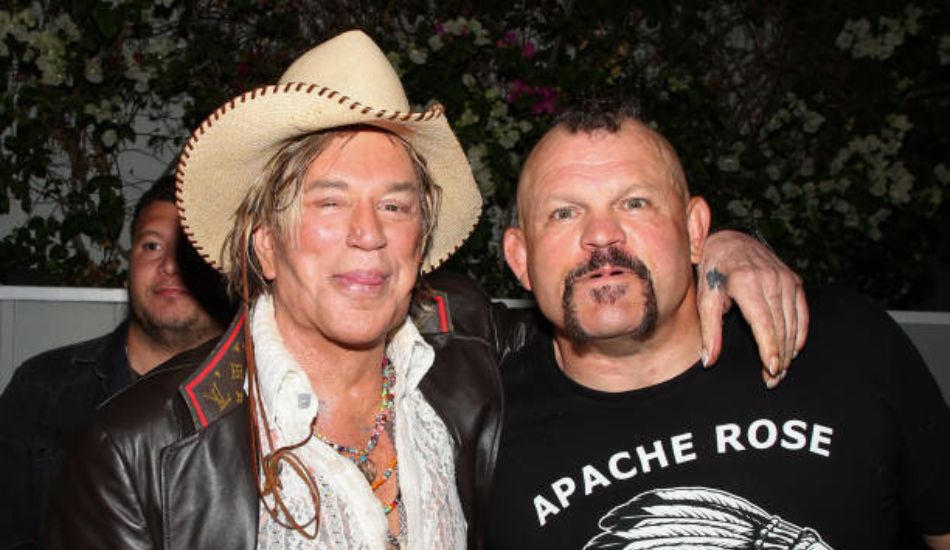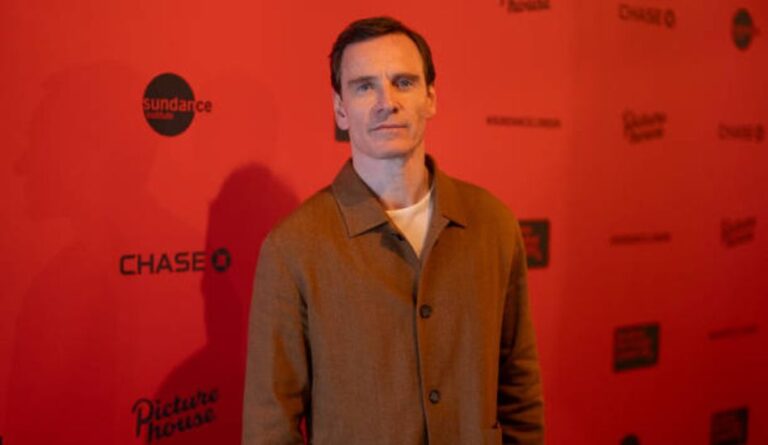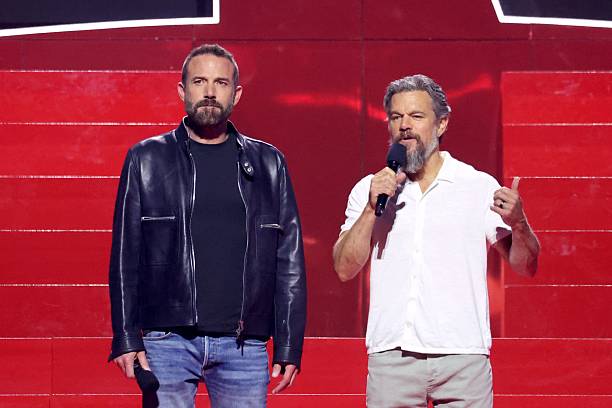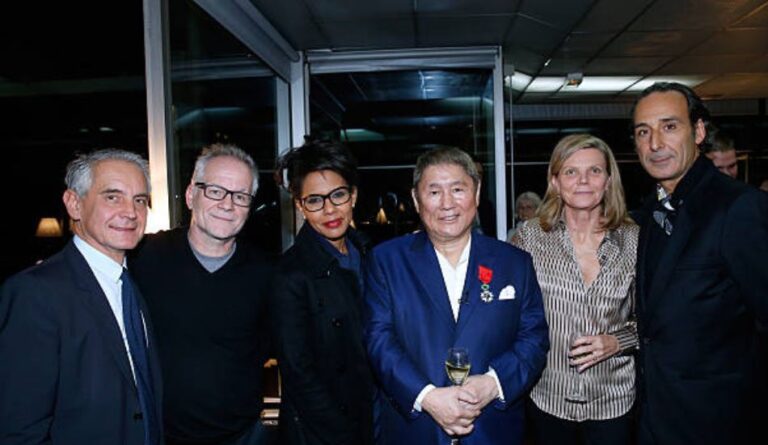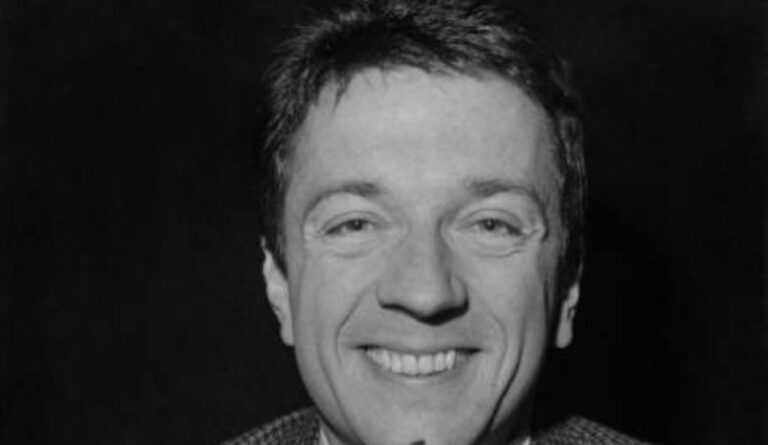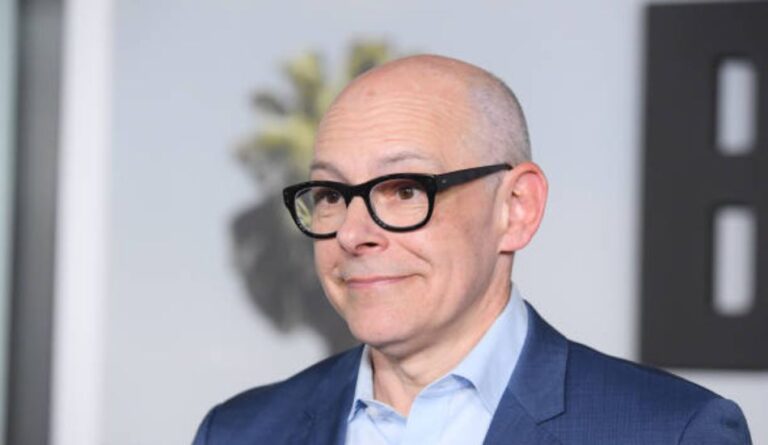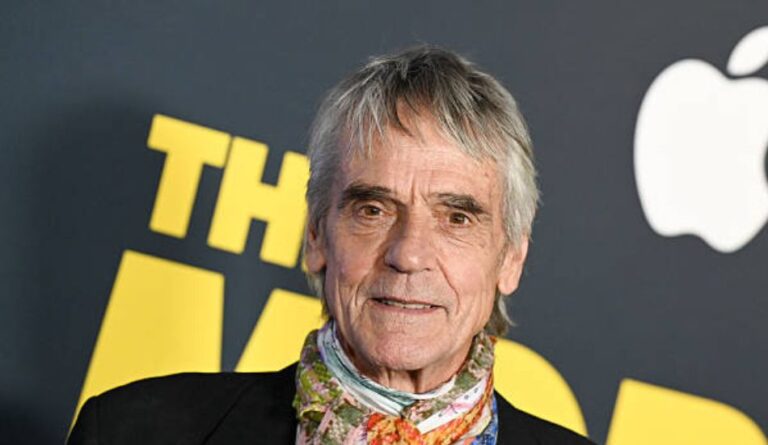Mickey Rourke Movies: A Legendary Rise, Fall, and Comeback in Hollywood
Introduction
Mickey Rourke is one of the most enigmatic and compelling figures in Hollywood. With a career that spans over four decades, his journey from a handsome 1980s heartthrob to a troubled outsider and then to an Oscar-nominated actor is as gripping as any film script. Known for his brooding intensity and willingness to dive deep into emotionally complex roles, Rourke has built a filmography that reflects both raw talent and real-life struggle.
This article explores Mickey Rourke’s movie career in-depth — highlighting the major films that defined his trajectory, his personal challenges, and his enduring influence in the world of cinema.
Who Is Mickey Rourke?
Mickey Rourke, born Philip Andre Rourke Jr. on September 16, 1952, in Schenectady, New York, is an American actor, screenwriter, and former professional boxer. Raised in Miami, Florida, Rourke was initially interested in sports — particularly boxing — and even competed in amateur fights during his youth. However, after suffering a concussion, he turned to acting and studied at the prestigious Actors Studio in New York, where he was mentored by Lee Strasberg.
Rourke’s combination of rugged charm, rebellious spirit, and deep emotional range set him apart from his peers early on.
Early Career and Breakthrough Roles
Rourke made his big-screen debut in the late 1970s with a small role in “1941” (1979), directed by Steven Spielberg. His breakout moment came with “Body Heat” (1981), where a minor yet memorable performance caught Hollywood’s attention.
He followed this up with “Diner” (1982), directed by Barry Levinson. Playing the smooth-talking Boogie, Rourke showcased charisma and depth, solidifying his place among rising stars.
Throughout the 1980s, Rourke’s performances were consistently intense and compelling. Some of the most iconic films from this era include:
“Rumble Fish” (1983), where he played a philosophical older brother in a stylish Francis Ford Coppola film.
“The Pope of Greenwich Village” (1984), where his chemistry with Eric Roberts was electric.
“9½ Weeks” (1986), an erotic drama opposite Kim Basinger that propelled him to global sex-symbol status.
“Angel Heart” (1987), a psychological thriller that combined noir with horror, alongside Robert De Niro.
“Barfly” (1987), a semi-biographical film about poet Charles Bukowski, where Rourke played one of his most acclaimed roles.
“Johnny Handsome” (1989), where he portrayed a disfigured criminal trying to reform.
By the end of the decade, Rourke was being compared to Brando and Dean — talented, handsome, and unpredictable.
The 1990s: Decline and Detour into Boxing
Despite his early success, Rourke’s off-screen behavior began affecting his career. Known for clashing with directors and turning down high-profile roles, he started slipping off the Hollywood radar. Films like Wild Orchid and Harley Davidson and the Marlboro Man were critically panned, and his reputation for being difficult didn’t help.
Frustrated with Hollywood, Rourke returned to boxing in the early 1990s. He fought professionally for a few years but suffered serious facial injuries — including broken cheekbones and a damaged nose. These injuries required multiple surgeries, many of which were poorly done, leading to a noticeable change in his appearance.
During this time, he took on a few film roles, but they failed to reignite his career. Notable appearances include:
“Bullet” (1996), a gritty crime drama he co-wrote and starred in.
“Double Team” (1997), a misfire action movie with Jean-Claude Van Damme and Dennis Rodman.
“The Rainmaker” (1997), directed by Francis Ford Coppola, where he played a supporting role.
Though his screen presence remained strong, the 1990s were undoubtedly a low point in his acting career.
Comeback in the 2000s: Sin City and The Wrestler
The early 2000s saw Rourke slowly re-entering Hollywood. With a few strong supporting performances, he began to regain credibility.
His role in “Animal Factory” (2000), directed by Steve Buscemi, showcased his dramatic chops. Later, appearances in “Once Upon a Time in Mexico” (2003) and “Man on Fire” (2004) reminded audiences of his potential.
But it was “Sin City” (2005) that marked his true comeback. Playing Marv, a brutal antihero with a code of honor, Rourke was unrecognizable — in the best way. The film’s stylized noir aesthetic paired perfectly with his rugged persona, and critics praised his performance as both emotional and iconic.
The real triumph came in 2008 with “The Wrestler”, directed by Darren Aronofsky. Rourke portrayed Randy “The Ram” Robinson, an aging pro wrestler grappling with personal failure and physical decline. The role was deeply personal, mirroring Rourke’s own life and comeback.
His performance earned him:
A Golden Globe Award
A BAFTA Award
An Oscar nomination for Best Actor
“The Wrestler” was more than a film — it was a public redemption.
Blockbusters and Later Roles
Following the critical acclaim of “The Wrestler,” Rourke began landing bigger studio roles again. He appeared in:
“Iron Man 2” (2010) as Whiplash, the main villain. While his performance was praised, Rourke later criticized the final cut, saying much of his character development was removed.
“The Expendables” (2010), where he played Tool, a former mercenary.
“Immortals” (2011), as the tyrannical King Hyperion in a stylized mythological action film.
“Sin City: A Dame to Kill For” (2014), reprising his role as Marv.
In recent years, he’s also appeared in several indie and international productions. While not all have achieved critical success, Rourke continues to work, choosing roles that interest him rather than chase mainstream appeal.
Mickey Rourke Now
At 72, Mickey Rourke remains a fascinating presence in pop culture. He has been candid about his struggles with substance abuse, mental health, and regret over poor career decisions. He’s also openly discussed the plastic surgeries he underwent after boxing injuries, which significantly altered his appearance — a subject of constant media attention.
Rourke has appeared on reality TV and made the occasional viral headline, but his legacy as an actor remains defined by his unforgettable performances, not his off-screen persona.
Mickey Rourke’s Net Worth and Legacy
As of 2025, Mickey Rourke’s net worth is estimated to be around $15 million. While that might not reflect the wealth of his peak years, it represents a career built on resilience, reinvention, and undeniable talent.
His legacy is anchored in the risk-taking roles he took on. Whether it was the sultry allure of 9½ Weeks, the poetic drunkenness in Barfly, or the broken soul of The Wrestler, Mickey Rourke gave us characters who felt painfully real.
Final Thoughts from ChopMagazine.com
Mickey Rourke’s movie career is a powerful reminder that talent, even when overshadowed by personal missteps, can’t be erased. His story is both a cautionary tale and an inspiring comeback — a narrative only Hollywood could produce, yet no screenwriter could fully replicate.
If you’re diving into the best of 1980s cinema or seeking performances filled with raw, gritty emotion, Mickey Rourke’s filmography is essential viewing.
For more deep dives into cinematic legends, visit ChopMagazine.com — where movies, culture, and storytelling collide.

